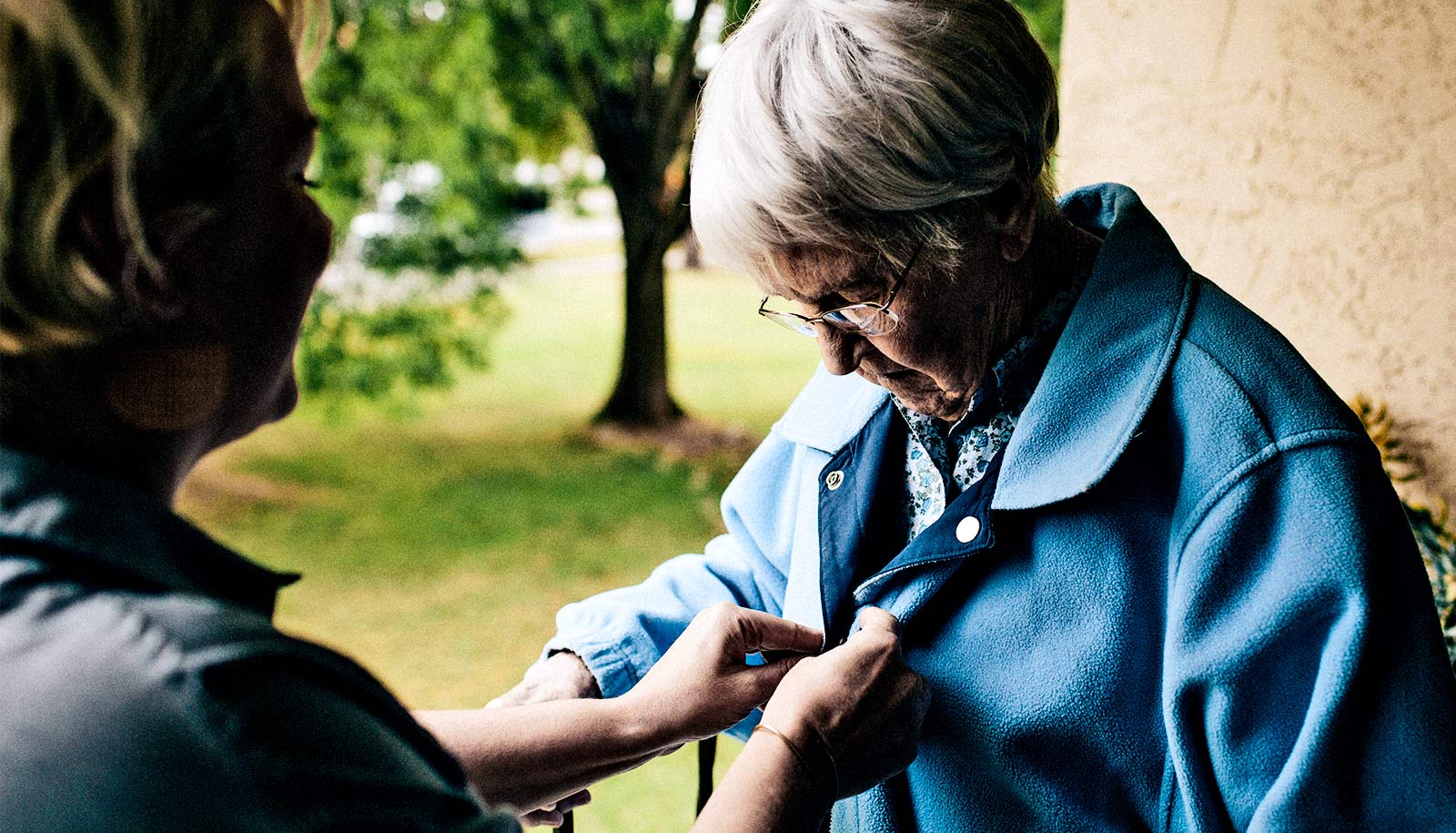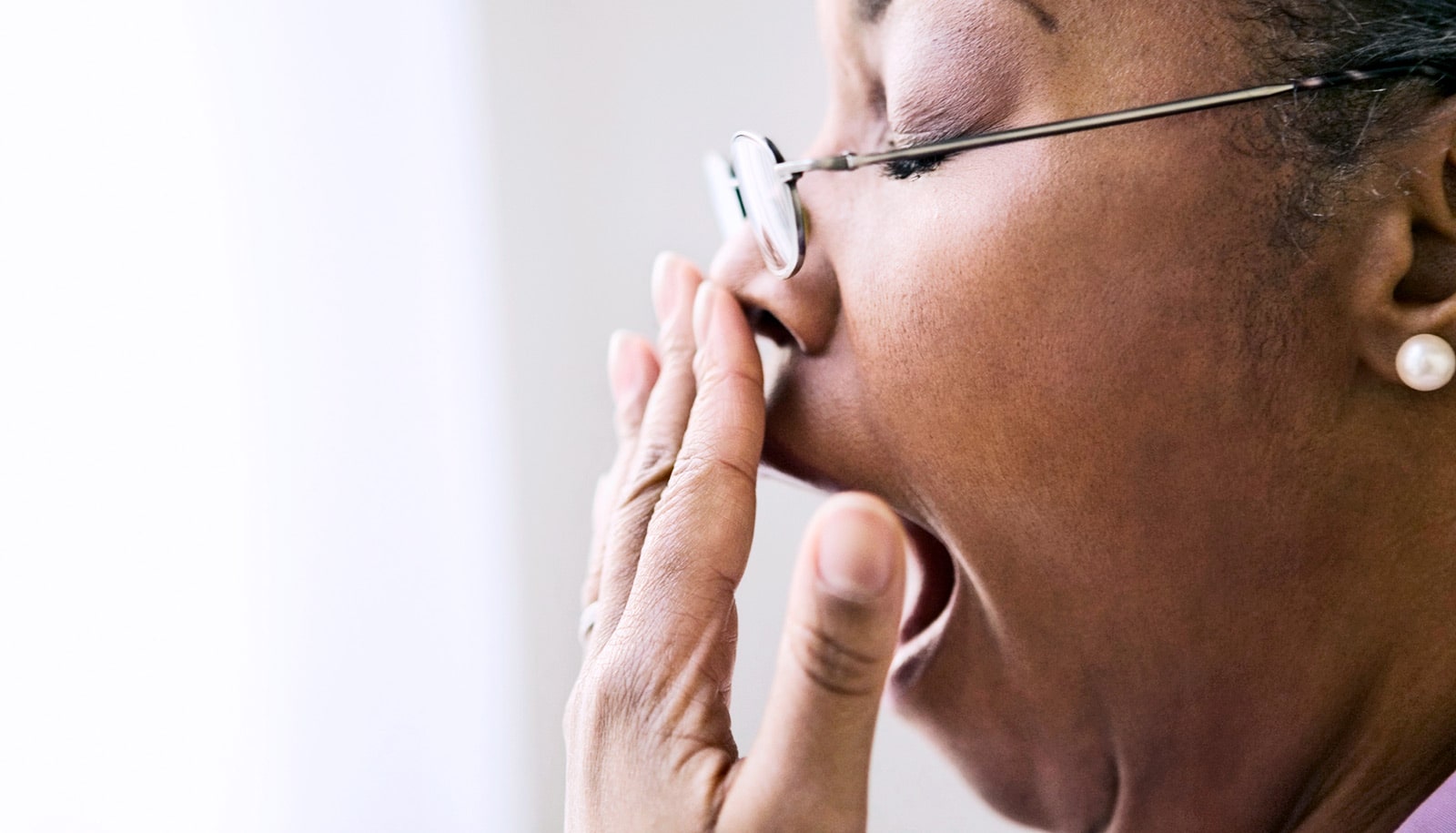People who provide care to an older family member say they want more actionable information, tailored training, and ongoing support from home health care providers, according to a new study.
More than 41 million Americans have served as a family caregiver to someone aged 50 or older in the past year, according to the American Association of Retired Persons. Family caregivers who assist aging loved ones at home after a hospitalization often feel overburdened, which can put them at risk for greater stress and poorer quality of life.
For a new study, Jo-Ana Chase, an assistant professor in the University of Missouri’s Sinclair School of Nursing, interviewed family caregivers of older adults who received home health care after a hospitalization to better understand caregivers’ experiences regarding training and support.
She found that most family caregivers receive little formal training, and these caregivers need home health care providers to proactively engage them in planning and decision-making for more effective and coordinated patient care.
“Caregivers want to know how best to care for their loved ones, but they often feel like they are learning on their own,” Chase says.
“By strengthening the relationship between caregivers and home health care providers, caregivers will be connected with the resources they need to improve patient health outcomes,” she says.
Examples of effective communication include home health care providers leaving caregivers with written instructions and illustrations after visits so that caregivers know how to properly use medical equipment, monitor patient recovery, and help patients perform rehabilitation exercises.
“Home health care providers can harness their expertise to improve clinical outcomes for patients and their caregivers,” Chase says.
“In addition to the selfless efforts of doctors, nurses, and therapists, family caregivers should be recognized for their tireless efforts to positively impact patient care.”
The paper appears in the Journal of Patient Experience.
Source: University of Missouri



